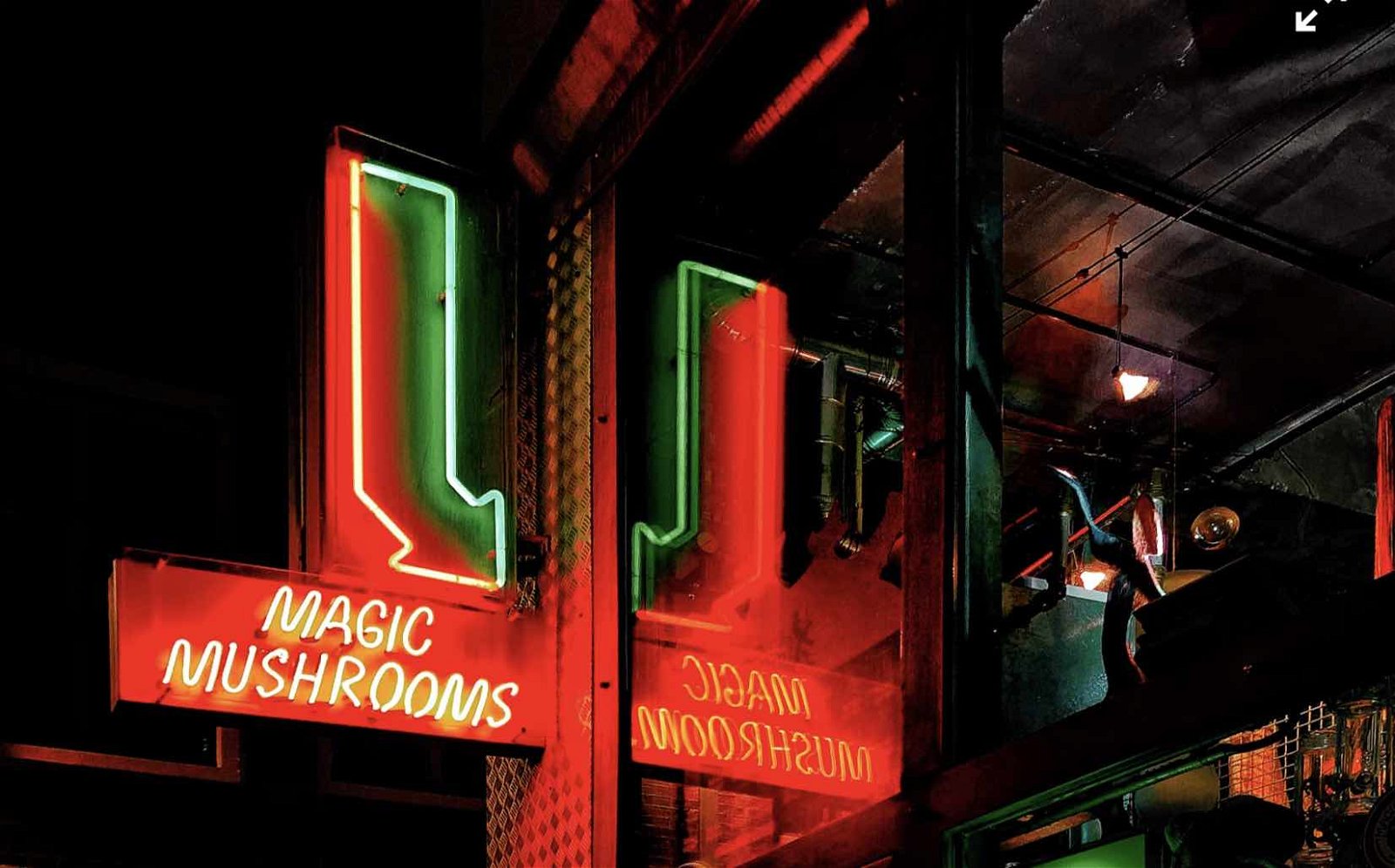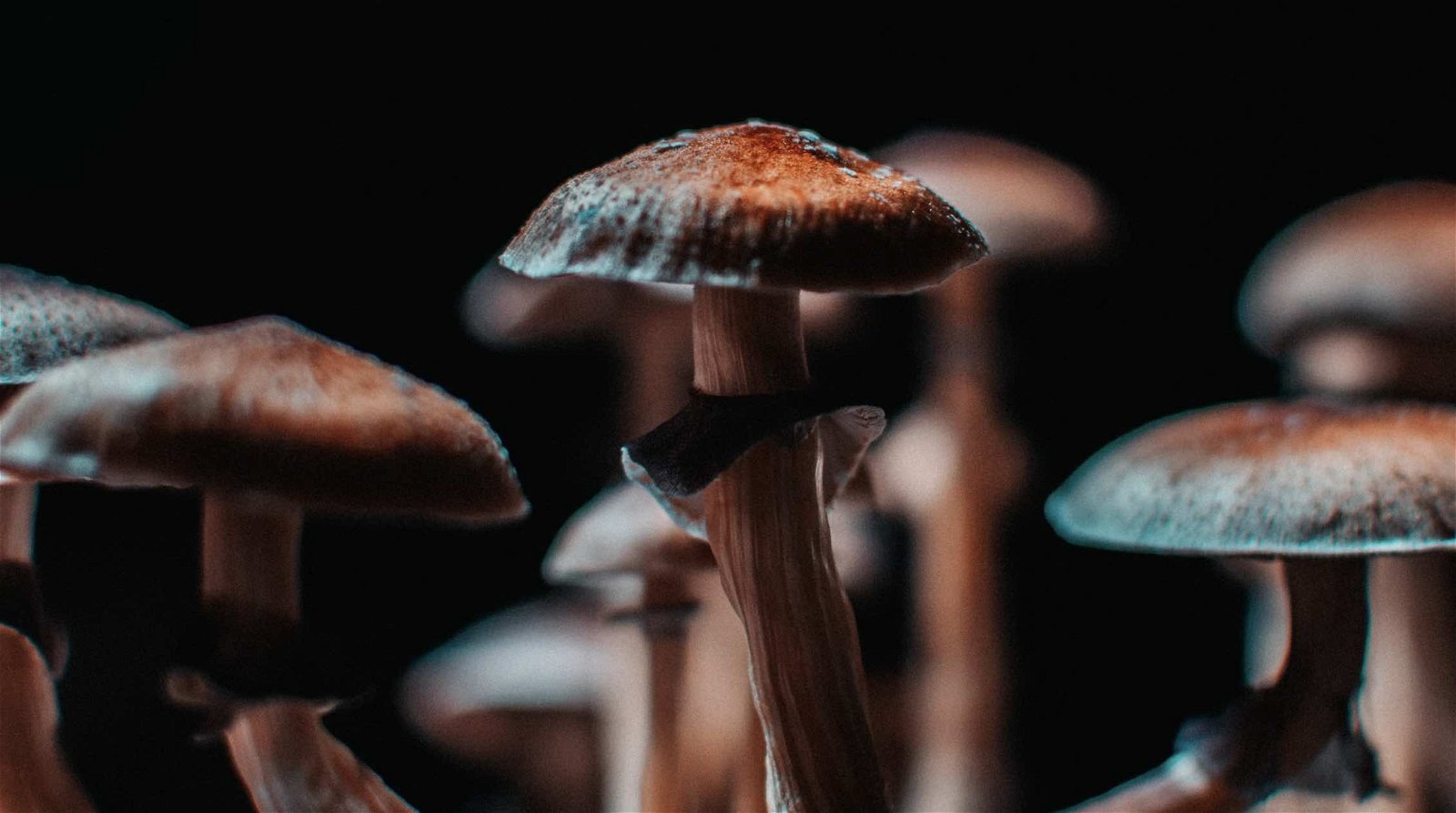“Magic” mushrooms and other psychedelics have remained a source of wonder and intrigue for decades. They have also been the recipient of stereotypes that have caused many to fear these substances, shaping people’s attitudes and often resulting in misconceptions that aren’t based in reality.
However, science is now starting to break down the barriers around many of these longstanding psychedelic stigmas.
There’s no denying we face a mental wellness crisis in America: from 2019 to 2020, over 50 million Americans reported having some form of mental illness. While therapy and pharmaceuticals can certainly help with such conditions, some people are interested in more natural alternatives.
Now, the use of magic mushrooms, as well as ketamine therapy and other similar psychedelic treatments, is being applied to help many of those individuals who struggle with their mental health, and studies indicate that several forms of psychedelic therapy can make a significant impact.
The History of Psychedelics
Many stereotypes surrounding psychedelics are probably already familiar to you. Maybe you’ve even joked about “tripping” in reference to the euphoric state of mind that can often be experienced through magic mushrooms. Behind all the stereotypes, psychedelics have a deeper history in the U.S. than most people realize.
Originally, entheogens (from the Greek, meaning “becoming divine within”) were used by indigenous people both for spiritual and medicinal purposes. While there isn’t a lot of written history about how natives from across the world used mushrooms, there is enough information to suggest that many cultures and groups would consume psychedelics as part of specific healing rituals.
It wasn’t until the early 20th century that people in the U.S. seemed to become interested in the potentially positive effects of psychedelic drugs. While substances like LSD were found to induce new levels of self-awareness, the government also saw advantages to using them, which included CIA-based projects like MK-Ultra, where the goal was to determine if LSD and other psychedelic drugs could be used for mind control, offering a new potential way of leveraging against our Soviet enemies.
Beginning in the 1950s and 60s, psychedelics began to be blanketed by many of the stereotypes that remain in place today. As they became associated with the hippie culture movement and more people began to use them for recreational purposes, psychedelics also became increasingly associated with themes of resistance and rebellion prevalent at that time. In 1966, congress passed the Drug Abuse Control Amendment, which prohibited anyone from manufacturing or selling LSD other than for medical research.


Where does that leave us today? As research continues to advance, studies have shown that there is significant potential when it comes to the therapeutic benefits of psychedelic drugs, including the use of psilocybin as a treatment for depression. New research has also shown that the structure of the compound is similar to serotonin, which can convey information between nerve cells and is largely responsible for feelings of happiness.
The Risks and Rewards of Psychedelic Therapy
Psilocybin isn’t the only psychedelic being looked at to treat mental health issues. In 2019, the FDA approved a new medication called esketamine to be used to ease the common symptoms of depression. According to Yale Medicine’s chief psychiatrist John Krystal, ketamine is different from many other antidepressants because it works even after it leaves your system. It “triggers reactions in your cortex that enable brain connections to regrow.” Although Ketamine has been found to aid in treating depression, some report that it has helped them overcome it entirely with the help of the drug.
Like anything else, there are risks to consider when using psychedelic drugs, and additional research is required in order to fully assess both the benefits, and potential dangers. Although new discoveries continue to showcase the mental wellness benefits of substances like psilocybin, the remaining risks remind us why it’s imperative to only use magic mushrooms correctly and under the supervision of a medical professional.
Psychedelic therapy is becoming more popular for a reason. When administered in the right ways and within a safe setting, this type of therapy can be both safe and very effective.
The Current State of Psychedelic Research
Taking a look at the state of psychedelics today can give us a better idea of what to expect in the future. On a federal level, psychedelic drugs are still banned in the United States. However, more states are starting to legalize them for medicinal purposes. That’s a trend that’s likely to continue as research improves and the FDA approves more psychedelics for mental health care.
However, it’s not likely you’ll be able to pick up a prescription for magic mushrooms any time soon. On account of the research we’ve seen and the known effects of psychedelic drugs, it’s more likely that mental health professionals will work with individuals struggling with mental health issues to create individualized, custom treatment plans that may include psychedelics administered in a supervised setting.


We can also expect more states to develop specific frameworks for the legalization of psilocybin and how it can be used. California, Colorado, and New Jersey are all close to legalizing the drug within the boundaries of medical use.
In 2018, the FDA suggested that psilocybin was a type of breakthrough therapy, helping to put it on the fast track for more research and development. FDA support of the use of psilocybin and other psychedelic drugs will make it more likely for individual states to legalize them. We may also begin seeing organizations and dispensary-style businesses that offer support from trained professionals that can help people in need utilize these drugs under safe supervision.
In many ways magic mushrooms and other entheogens can be viewed as one of the first forms of medicine. Looking at the changes in attitudes toward psychedelics over time, throughout history their effects became tainted and mislabeled, largely due to their recreational abuse, and the stigmas built onto them as a result.
Today there is still much to learn about how these substances can best be used to potentially change the landscape of the current mental health crisis in America. However, the latest studies are promising, and in the years ahead, these ancient traditional medicines may finally come into more frequent use in clinical settings as the long-held stigmas against them are lifted.
Amanda Winstead is a freelance writer. Follow her work online at her website.

